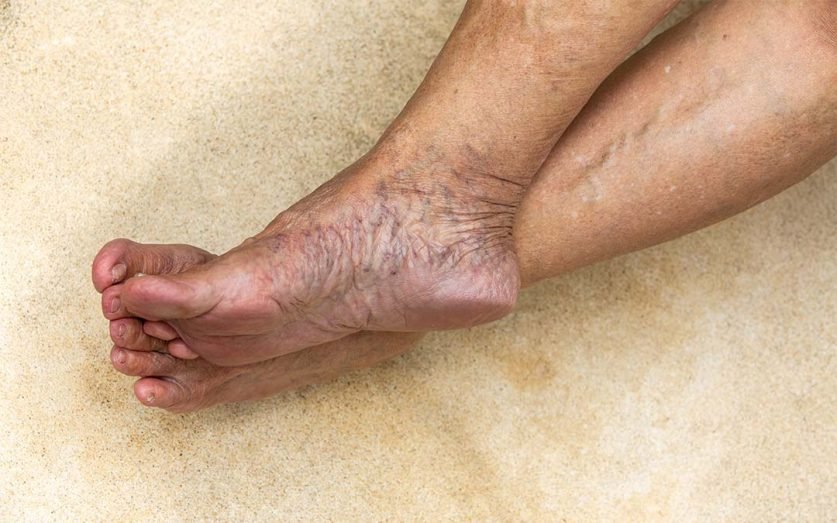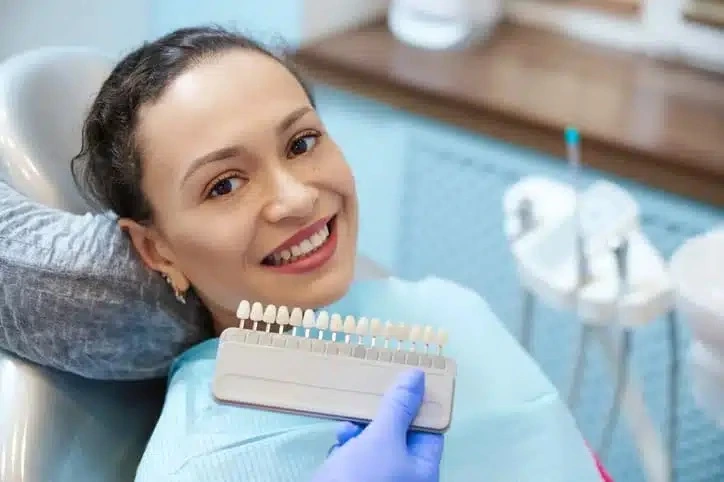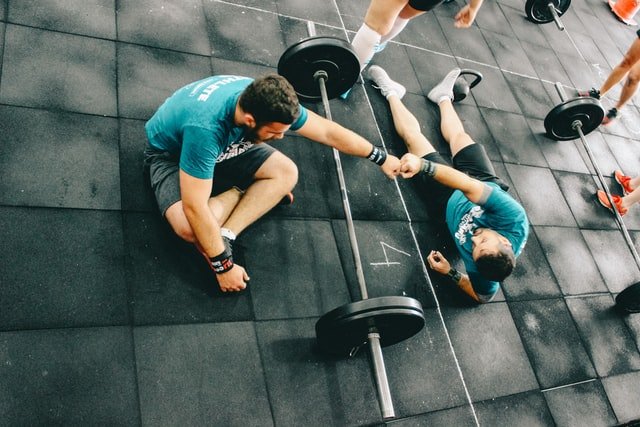Veins are thin-walled structures with valves that keep blood flowing in one direction.
Your heart pumps oxygen-rich blood to the body’s thick arteries: and the veins return that blood to the heart. Veins are located close to the skin’s surface and are called superficial veins.
Damaged veins will hinder blood flow and backflow when your muscles relax, which creates unusually high pressure in the veins. Moreover, this stretches and twists the veins, increasing swelling, valve incompetence, and sluggish blood clot formations. Eventually, this issue can know as venous disease.
Venous disease is quite common. According to reliable studies, many people are affected by vein disease, which does not pose a significant health risk. However, thrombophlebitis can be a severe and life-threatening condition affecting millions of people.
Varicose Veins
Varicose veins are twisted, swollen, and discolored near the skin’s surface and occur when weak valves allow blood to flow backward or stagnate in the veins. Chronic obstruction of the veins also causes various veins, but in most cases, this can’t be detected. They commonly appear in the legs or lower legs, or when this happens in the anus, called hemorrhoids. The chances of getting affected are higher in women than men because of pregnancy, contraction, and the menstruation cycle. Veins doctor eliminates them for cosmetic and medical reasons when they cause discomfort. What Kind of Doctor Treats Varicose Veins? A doctor who treats problem-related to veins, arteries, and capillaries is called a varicose surgeon or veins doctor.
Superficial Thrombophlebitis
Thrombophlebitis is a severe inflammation of the veins, especially in the single leg, that may cause due to response of blood clotting in the vessels. Which occurs in veins near the surface of your skin; it is called superficial thrombophlebitis, a minor disorder commonly identified by red and tender veins. It would be best if you considered visiting a doctor in case of severe pain and discomfort.
Deep-vein Thrombophlebitis
Deep vein thrombophlebitis, which affects the large veins farther below the skin’s surface, is a more severe condition. It may procedure fewer symptoms initially; in half of the cases, there are no symptoms, but it carries the risk of pulmonary embolism. Pulmonary embolism is when the clot detaches from its origin and travels to the lungs and heart, possibly leading to death. Also, you may have chronic venous insufficiency if the blood outflow to the veins, resulting in dermatitis and increased skin pigmentation and swelling.
When should I contact a dentist?
You should call a doctor if you feel any pain or swollen vein that does not disappear or unexplained swelling in your lower legs.
What are the signs and Symptoms of venous disease?
Varicose Veins: Enlarged, swollen, and a cluster of purple veins, swelling in the legs, or aching sensation in the lower legs. Itching skin above the affected area, discoloration, and in severe condition, ulcer.
Superficial thrombophlebitis is a condition in which you have large cordlike veins associated with localized swelling, pain, and tenderness.
Conclusion
When to see a Vascular Doctor? Any vein disease is severe if left untreated; therefore, you should consider visiting a doctor for thorough treatment and diagnosis if you find any signs and symptoms.







